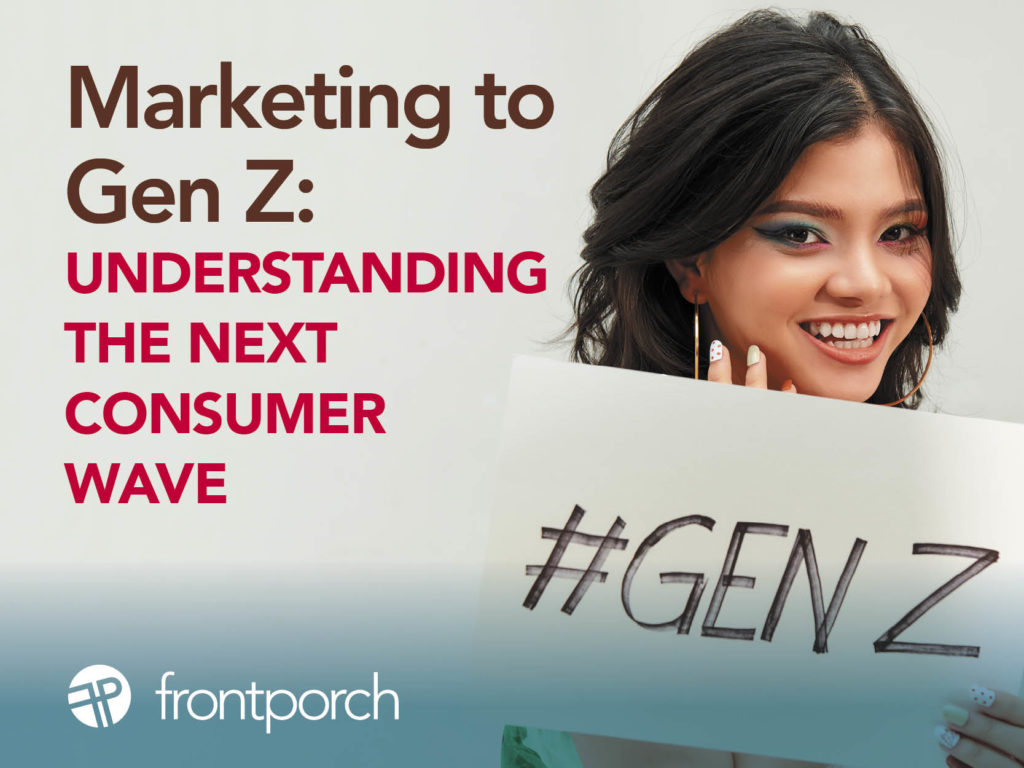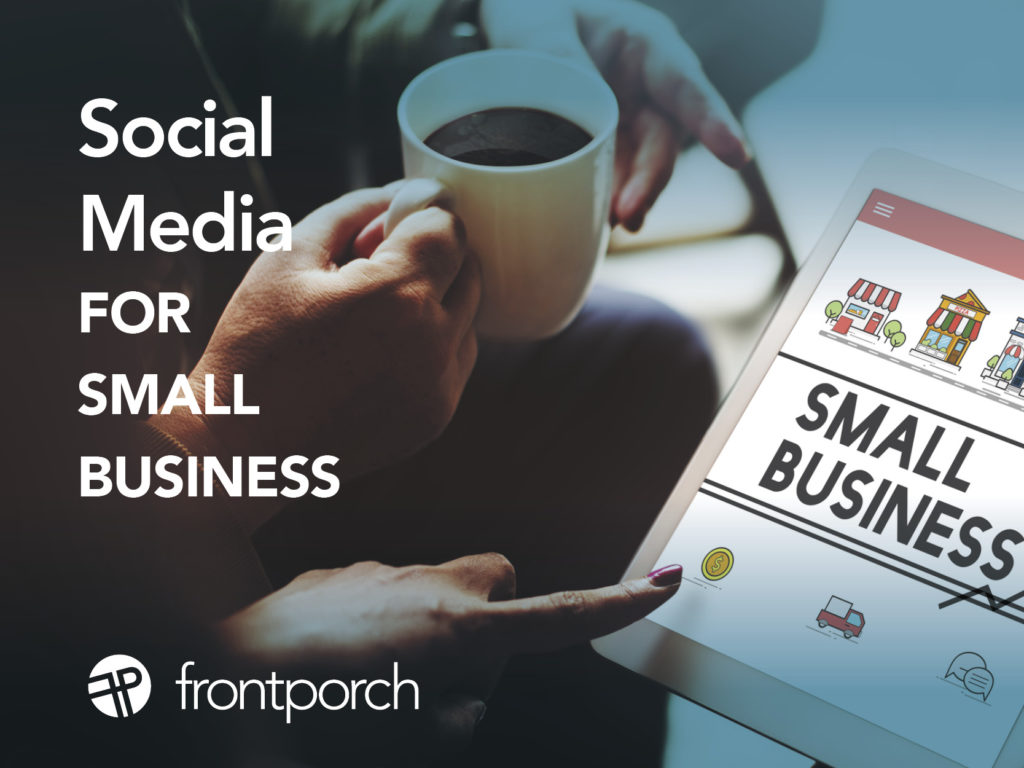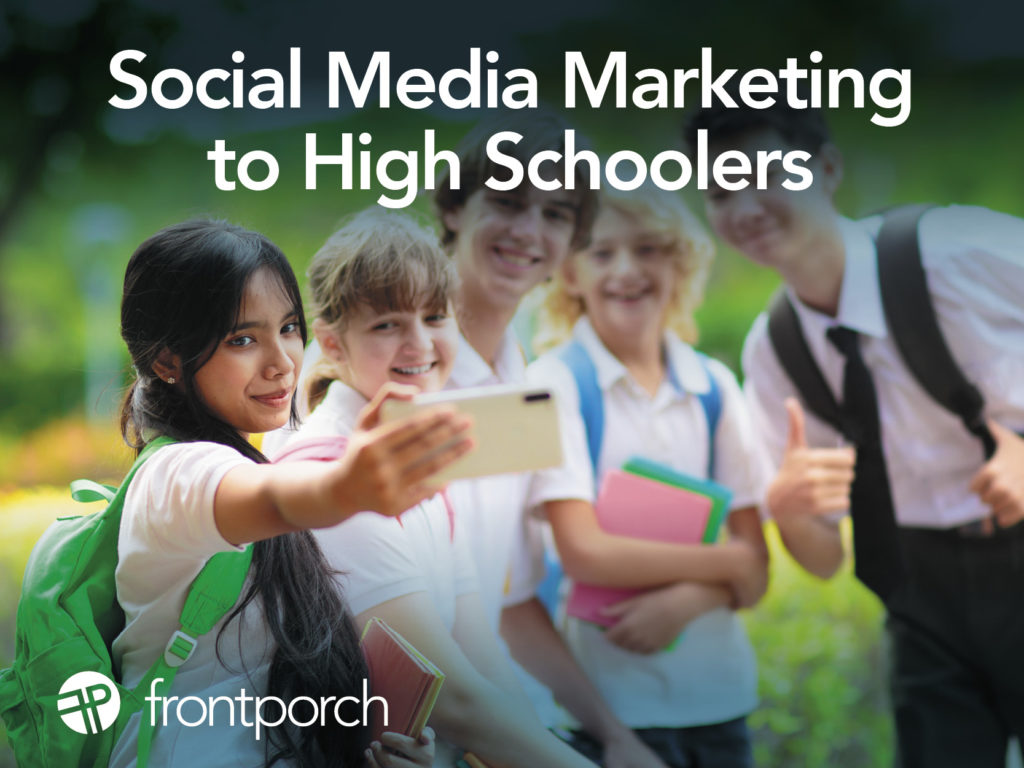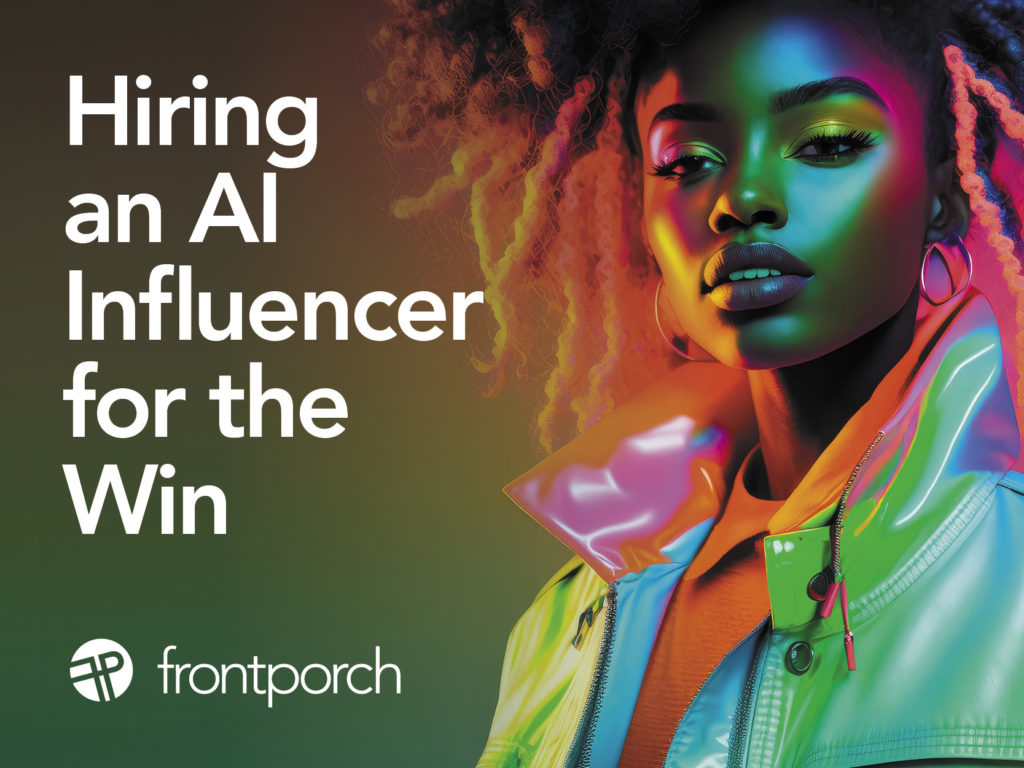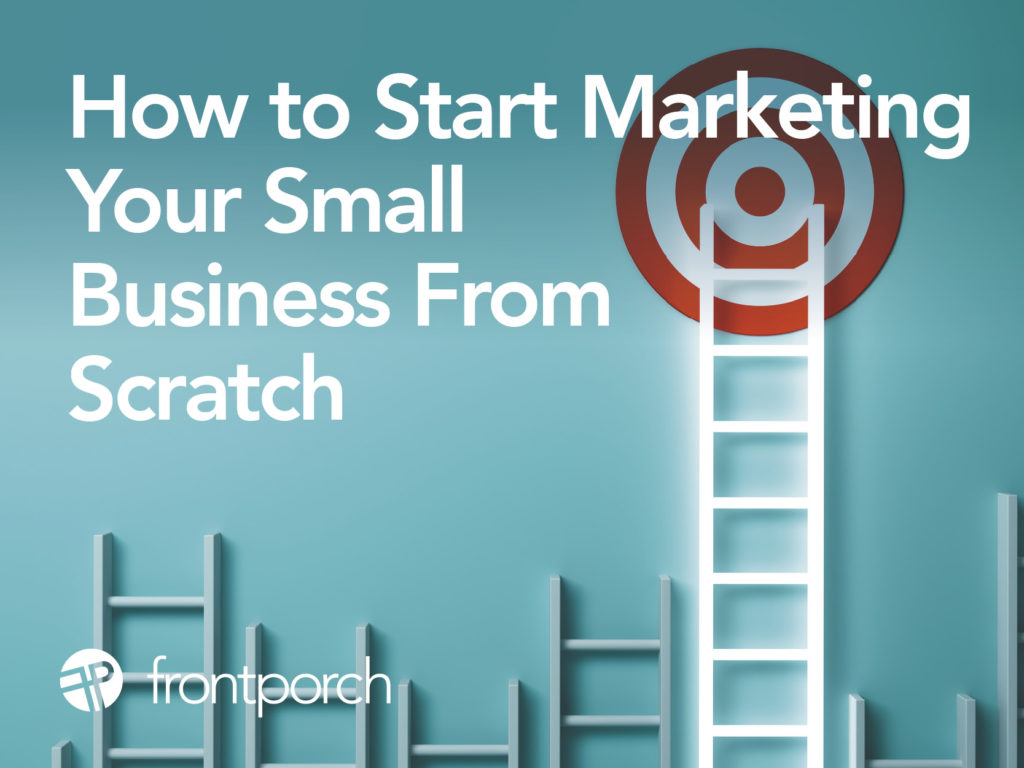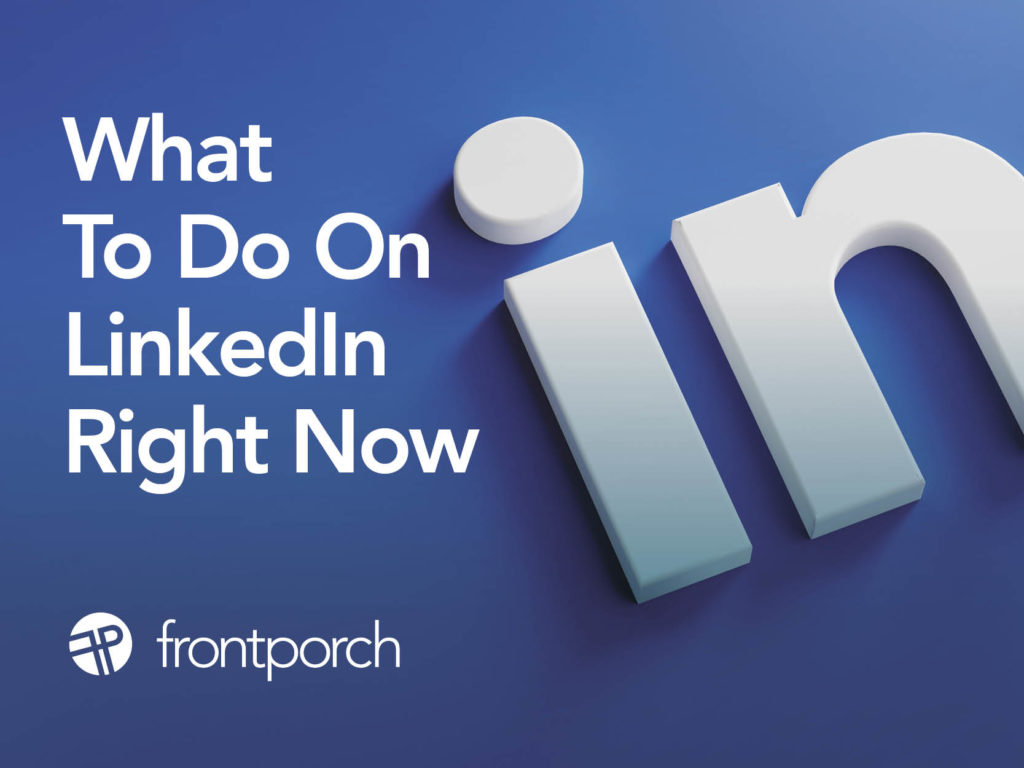
LinkedIn continues to be a powerful sales and marketing tool. With other social networks manipulating algorithms, LinkedIn ranks in the top two where organic social media marketing is still effective.
And the user demographics for LinkedIn are a proof point for brands and business leaders to utilize this tool now to engage their audience and grow their business.
What Works on LinkedIn
Strategy and other things are critical to maximize results for brands and personal pages on LinkedIn.
- Provide value. Heavy, brand only content isn’t effective. Audiences want value. Be engaging. Tell stories. Share advice. Use testimonials. Give perspective on industry trends. Be a storyteller. Share what your team is passionate about at work and personally.
- Posting cadence. Have a content calendar and be committed to posting frequency.
- Message and visual consistency. Make sure you are following your message map, content buckets, brand style guide and visual guidelines.
- Encourage team members to interact with your brand page. As we always say, you can’t market externally if your team isn’t educated and engaged internally. Turn each team member into a brand champion. Provide them with the knowledge on how they can market the brand. Make sure content shared on LinkedIn is engaging to them. They should want to like and share the brand’s posts.
Where to Start On LinkedIn
At a minimum, business leaders on LinkedIn should:
- Have an updated headshot.
- Upload a branded timeline cover.
- Log into LinkedIn three times a week.
- Like team members’ and brand’s post.
- Accept relevant and meaningful connections.
- Reach out and ask for connections to team members, clients and other contacts you meet at conferences, conventions, etc.
- Monitor competition’s brand pages to get a snapshot of the competitive landscape.
Interested in assistance utilizing LinkedIn for your business? For you as a business leader? The time is now. Front Porch Marketing is here to help you succeed on this important business platform.


